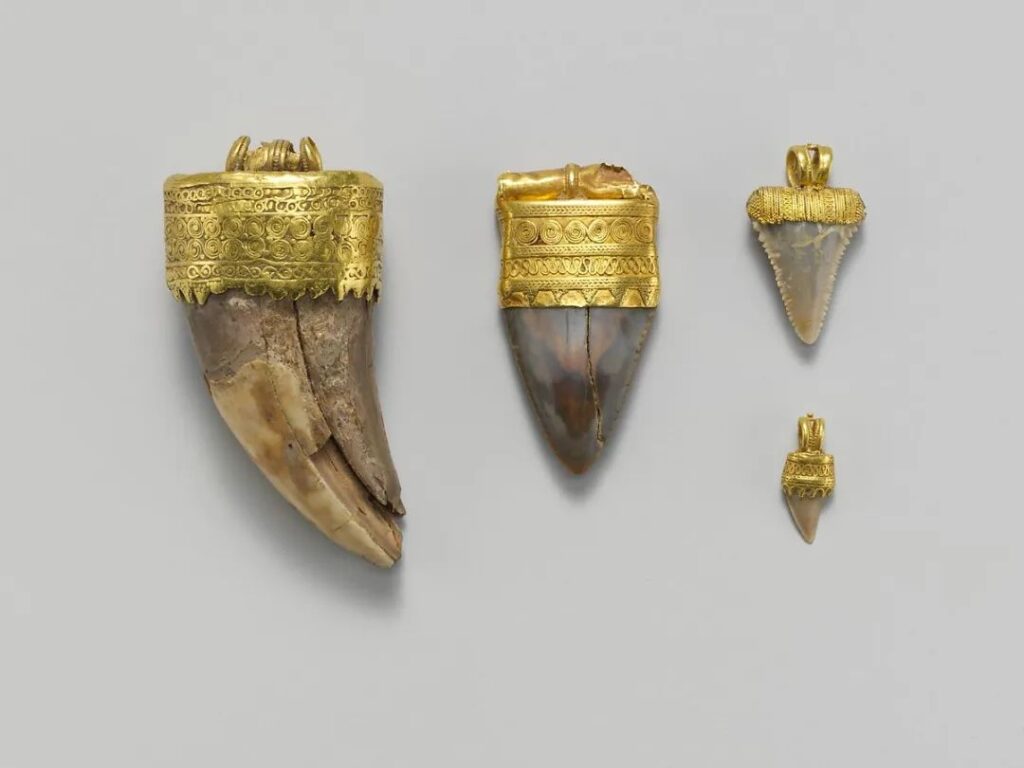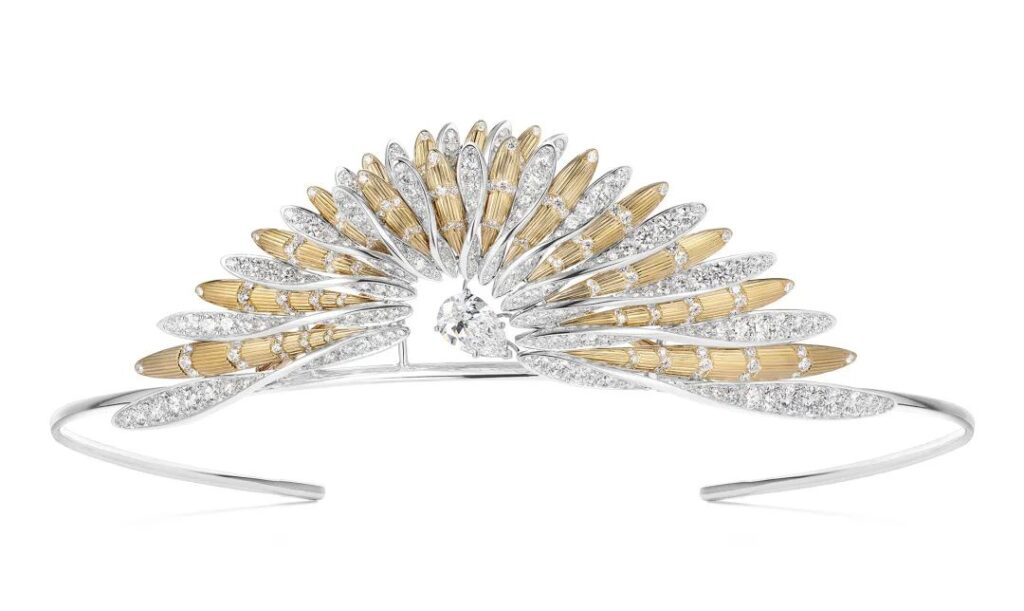The value of jewelry, at its core, is a human consensus. While the economic principle of “rarity equals value” serves as a reference for price measurement, the concept of “rarity” itself evolves with time and space. Moreover, “value” fluctuates with humanity’s ever-changing preferences.
For instance, in China several hundred years ago, emeralds were once priced 50 times higher than rubies and sapphires – a fact that would astound those familiar with today’s jewelry market.
The earliest objects with “jewelry” characteristics were not precious gems that required extensive searching, but rather animal teeth or bones from other body parts. These came from fierce beasts captured by the bravest members of the tribe and, being rare and precious, served as the best rewards and acknowledgments for the courageous.

The symbol of rewarding victors stems from a cultural consensus passed down through history. In ancient Greece, laurel wreaths made from leaves plucked from trees were awarded to competition winners.
In ancient Rome, these wreaths became rewards for soldiers, especially leaders of triumphant armies returning from battle. This tradition explains why we often see jewelry crowns shaped like laurel wreaths today.

Victors are rare; only those who dare to challenge and strive have the chance to win. They are precious among the masses. Therefore, regardless of the form “jewelry” takes, it always serves to appreciate the precious with precious intent.

In 1913, the International Olympic Committee officially approved the inclusion of a now-familiar motto in the Olympic Charter: “Faster, Higher, Stronger.” Looking back over the past century, humans have continuously pursued this goal in various sports events, repeatedly setting records, breaking them, and creating new ones.
Each era has its own iconic figures standing on the highest podium of a particular sport. Generation after generation pushes the limits of human capability, elevating strength and beauty, speed and passion to new heights. While these moments may be rare in the grand scheme of human history, they inspire everyone to move forward and share in the glory.

No one can casually stand on the champion’s podium, just as in ancient times, no one could easily capture fierce beasts. They all must invest more time, effort, courage, and determination than others. Whether it’s the bones of ancient beasts or wartime medals of honor, these are rewards for the brave and strong. Crowning the courageous is the most fundamental function of “jewelry.”
In 2021, “More United” was added to the Olympic motto, reminding us that only through unity and cooperation in facing challenges can we achieve common progress and development for humanity. Higher sports records belong to all of humanity, just as beautiful and precious jewelry, culture, and art belong to all of humankind.
The Glittering Origins of Jewelry: Crowning Victory and Honoring the Extraordinary
Tweet





